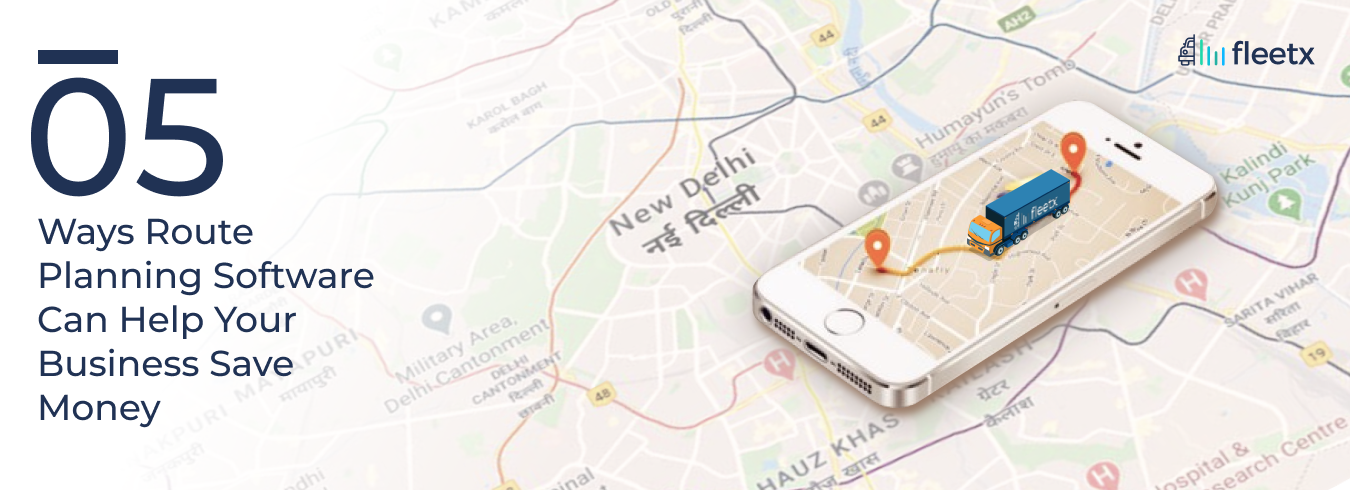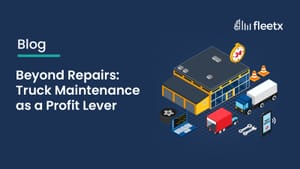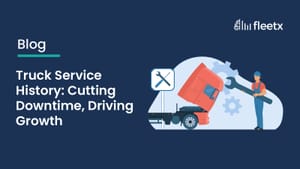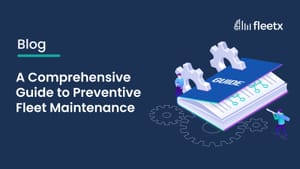
Innovation has only happened when people truly understand the function and purpose of something, enabling them to build on it and make it better. From the wheel to the cart to the horse carriage to the motor vehicles that we are familiar with today, we have been able to push the boundaries because we truly understand what they are and how they work.
Trucks come in different sizes, ranging from vans and pick-ups to the heavy commercial ones that we will be discussing today. While each truck is built differently, according to their manufacturer and the purpose of the vehicle, these machines generally share common features. They all have: a chassis, a cab, a body, axles, suspensions, tyres, an engine and a drivetrain.
Fleetx, as an organization, is committed to helping fleet owners and truckers make the most of their journey, and their business by making a ecosystem around gps for trucks . And so, we wanted to put together some information about the various components of a truck and their functions. We hope this helps you in making more informed decisions when you buy or inspect your vehicle, so that it does exactly what you need it to do!
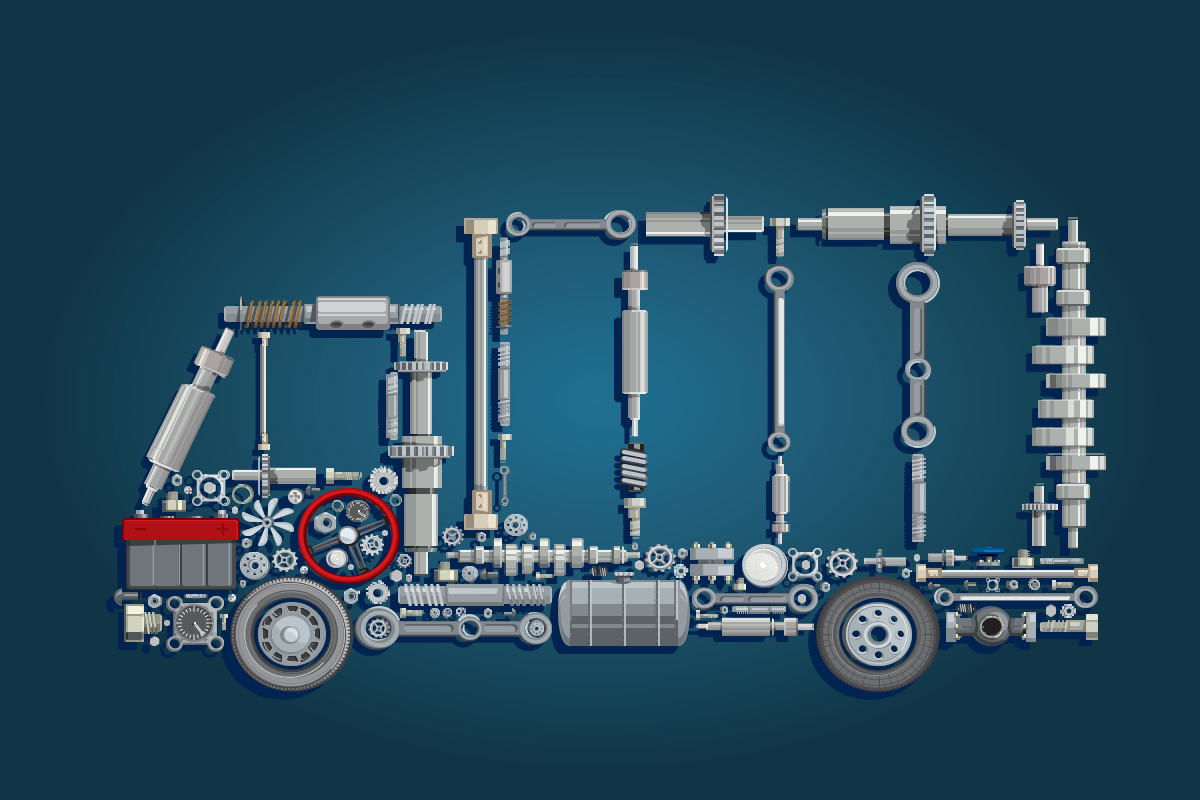
Chassis:
The chassis is the structural skeleton of the truck and it is the part that the rest of the truck is laid on. It consists of two parallel beams and many crossmembers. It supports the axles, engine, cab, fuel tank and the batteries (if any) of the truck.
Function: It is important to choose the right size chassis because it has an effect on the size and shape of the truck and ultimately, the fuel economy. If you choose a truck that is larger than you require, it will waste fuel. On the other hand, a chassis that is too small will increase chances of overloading and require more trips, plus expenses. The size and load of your cargo will also determine the axle placements, and the type of cargo body you can use. So make sure you take this part seriously!
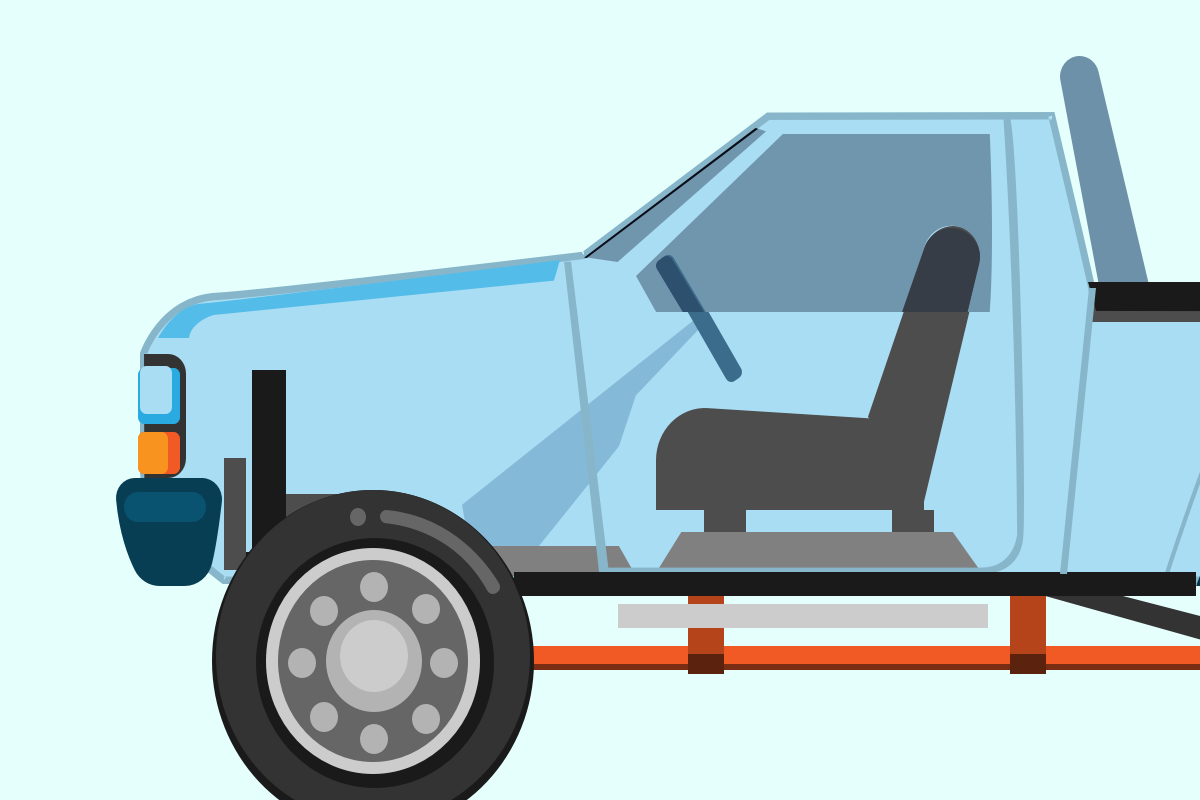
Cab:
The cab is the closed space in which the driver is seated and can sometimes have a built-in sleeping compartment for long-distance truckers. There are a couple of designs that are used for these cabs:
- Cab Over Engine (COE): Otherwise known as flat nose, in this design, the driver is seated on top of the front axle and the engine. These are most commonly found in Europe, where the dimensions of the truck are strictly regulated. These cabs allow for better turning capabilities, and are well suited to roads that are older. However, these trucks have certain challenges and are considered to not be as safe as conventional cabs.
- Conventional cabs: In this design, the driver is seated behind the engine, like in regular cars. These conventional cabs can come in two designs, a large car and aerodynamic. The large car (or long nose) has a long nose and is square-ish in shape. They experience a lot of wind resistance, typically use more fuel and provide less visibility than the aerodynamic designs. These aerodynamic cabs have sloped hoods and are very streamlined to reduce drag.
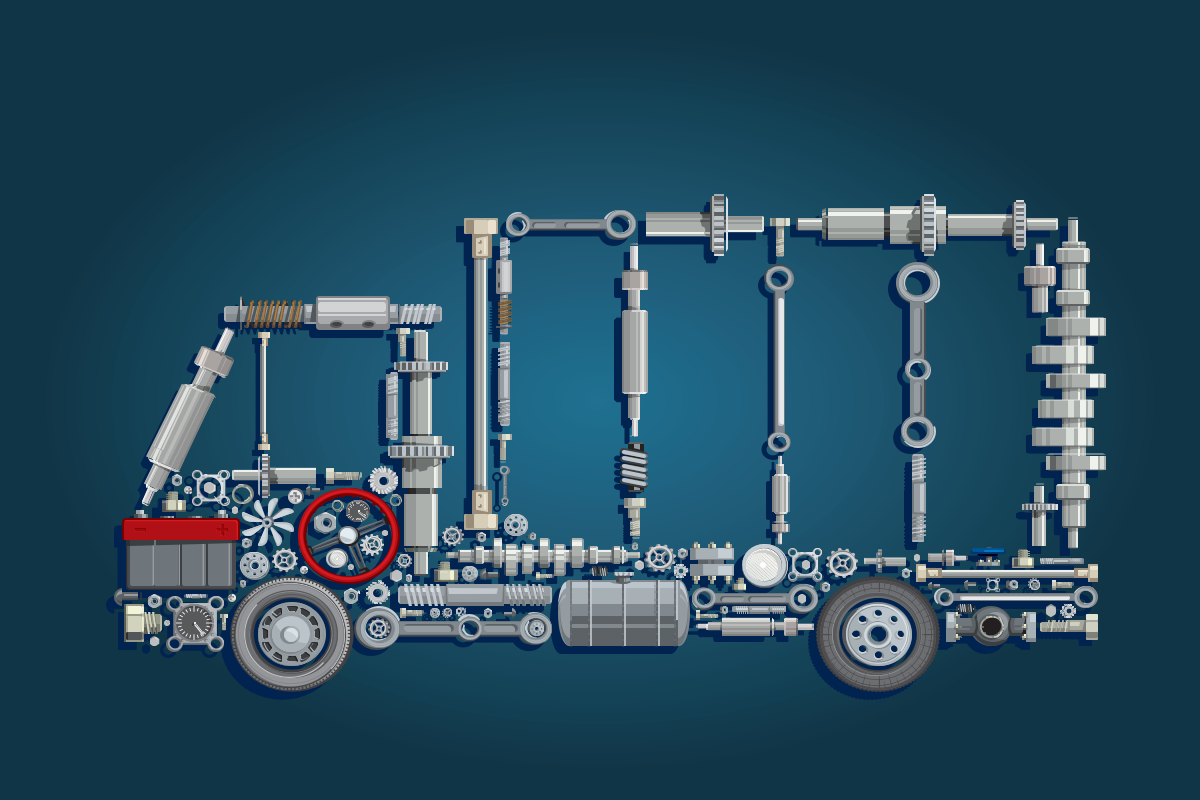
Engine:
Engines can be equipped with a variety of engines, but the trick is to choose the engine horsepower and torque that is best suited to the job. If you choose an engine that matches your style of driving and the loads that you are carrying, you will have the best fuel economy.
Function: The general rule is that the slower your engine speed, the longer it will last over time and better its fuel efficiency. This will depend on the condition of roads, the driving capabilities as well as the loads that you carry. If you are going to be driving long distances regularly, choose a higher powered engine. If you are transporting within the city, choose engines with less power and fewer gear ratios.
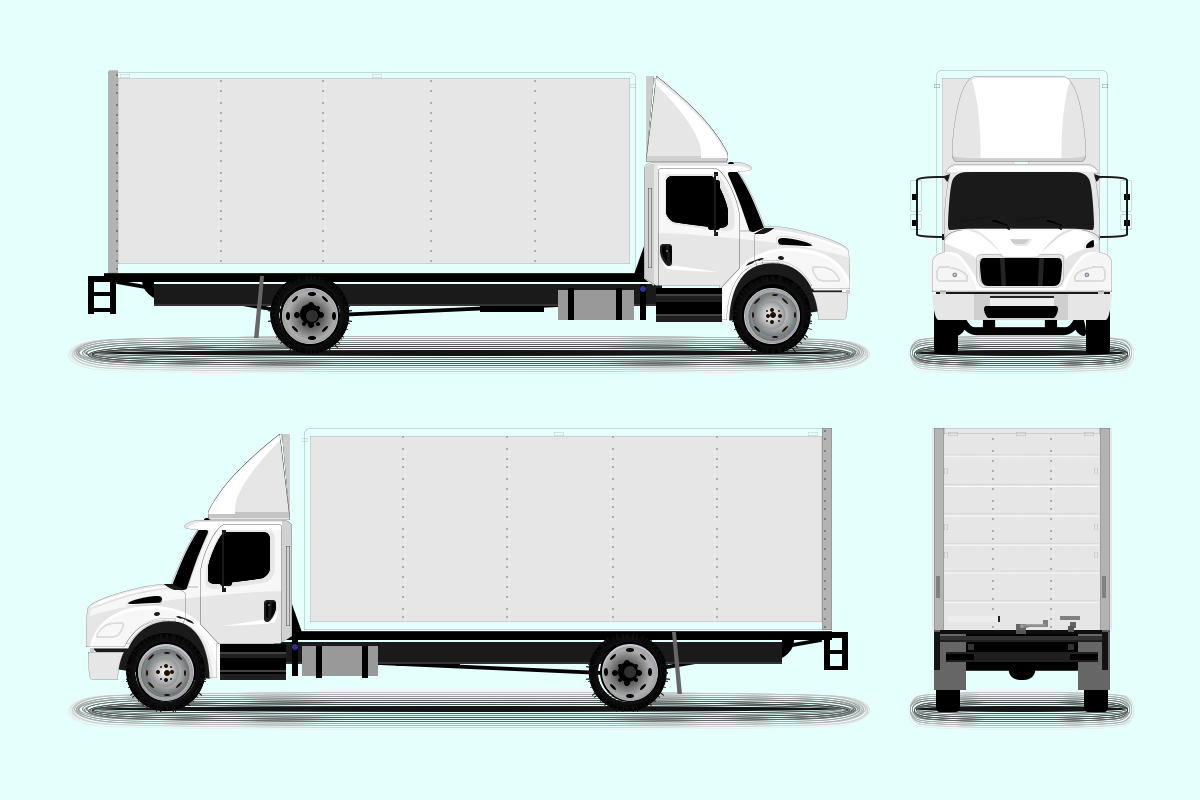
Body:
Choosing the right body will have a big impact on your fuel economy. So, while making your decision, think about the weight and shape of the load that you will carry.
Function: By choosing an appropriate height, you will be able to minimize drag during travel. The material of the body is important as well: aluminum is light and easy to repair, but not advisable for heavy loads; fiberglass-reinforced plastic (FRP) is strong, and cheaper than aluminum, but very heavy; curtain sliders are light, but not so secure and can be easily damaged. Also, make sure to think about your loading and unloading process during selection because they will make your driver’s job easier!
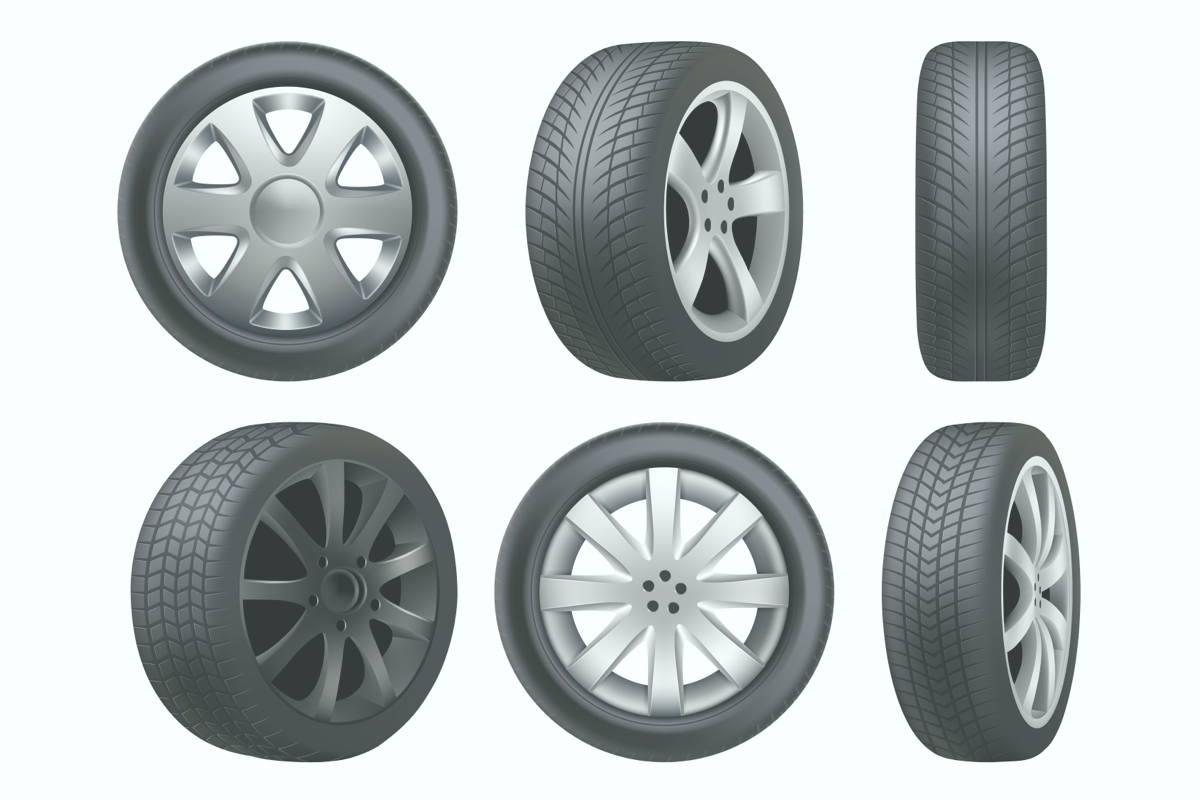
Tyres:
The right kind of tyres will ensure that your truck works at its maximum design capacity. They should give you little to no rolling resistance, be recyclable and easy to change.
Function: Low resistance tyres, otherwise known as ‘super singles’ are helpful if you are travelling long distances on high-speed roads (80 km/ph and above) like highways. Aluminum wheels and low-loss tyres are also useful in improving fuel efficiency. Most trucks use tubeless, or nitrogen tyres. They are safer, and require less maintenance compared to pneumatic tyres. These nitrogen tyres hold their air pressure for longer, limiting damage and reducing drag. Just remember, tyre maintenance is just as important as tyre choice, so keep an eye on those wheels.
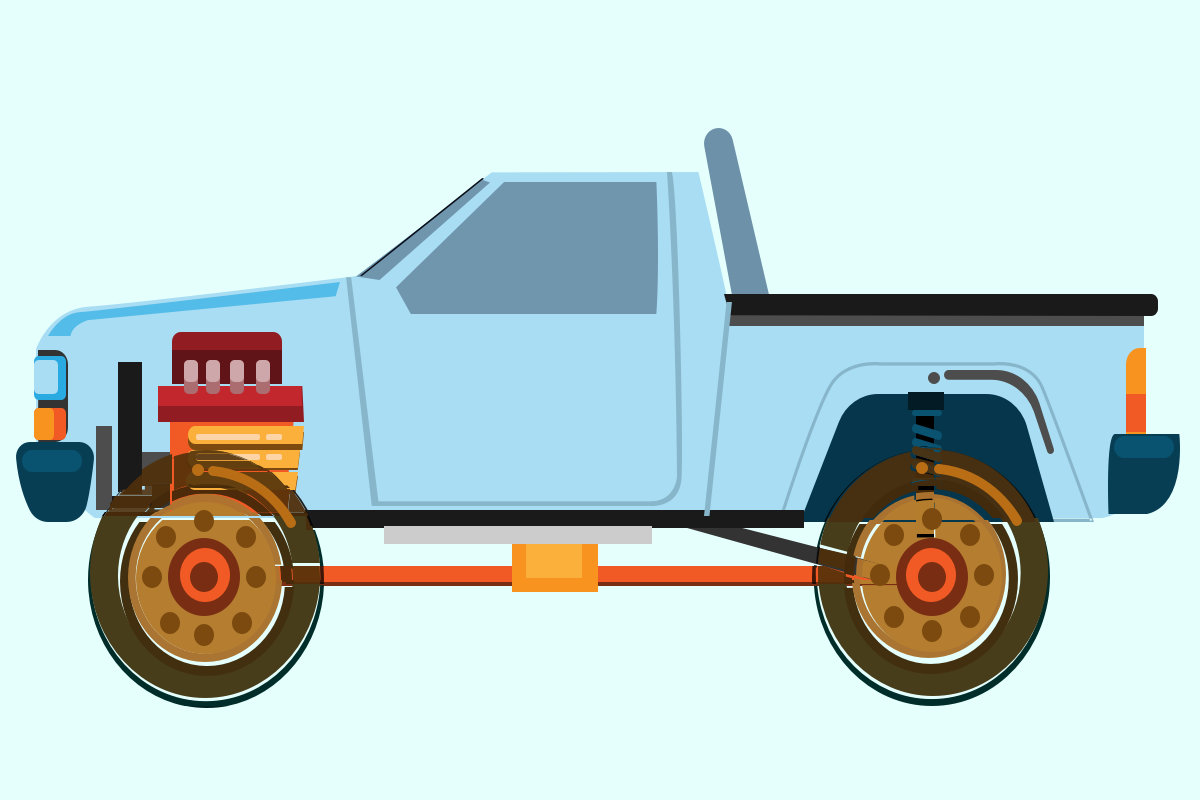
Drivetrain:
The drivetrain, often the most misunderstood part of the truck, works with the engine to move the wheels. It includes the transmission, the driveshaft, the axles and the wheels.
Function: It is important to differentiate between the transmission- which keeps the engine turning at the same time as the wheels- and the drivetrain, which refers to the whole system that is involved in moving the truck forward. The main function of the drivetrain is to transfer power from the engine to the wheels and control the torque of the vehicle.
We hope you have a better idea of your truck, its parts and their function after reading this article. Knowledge truly is power, and we’re here to empower you and your business in every way possible.


